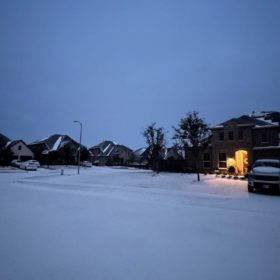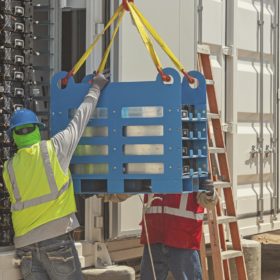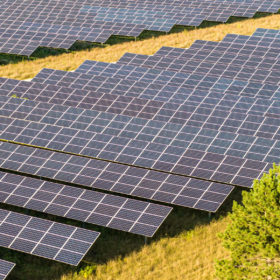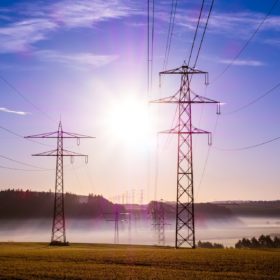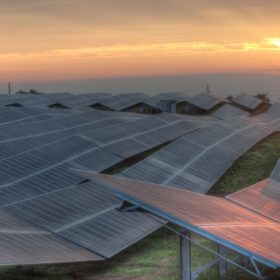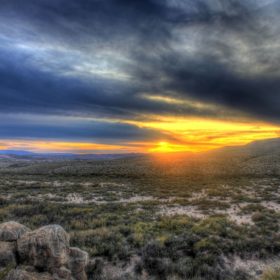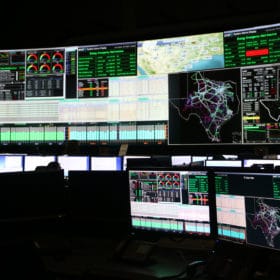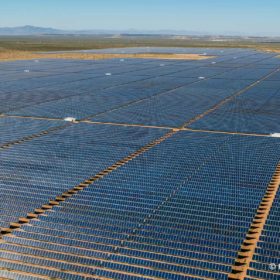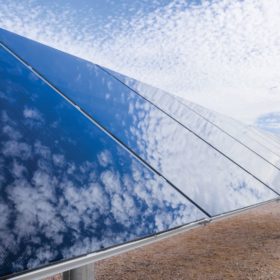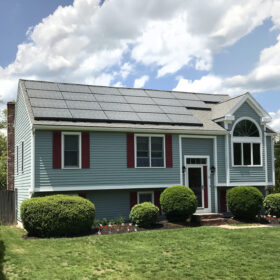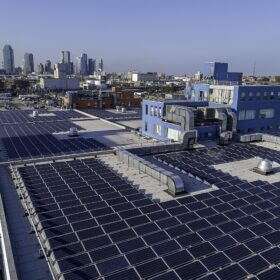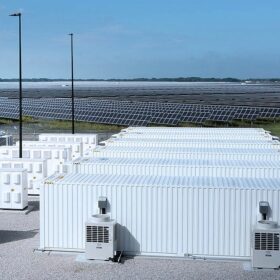Lessons learned from Texas storm Uri
Winter storm Uri that brought a deep freeze to Texas is also bringing insight into grid vulnerabilities, the need for more renewables, and the potential of solar-plus-storage.
Standalone 30 MW / 60 MWh energy storage constructed in Texas by Burns & McDonnell
The construction and design firm announced the completion of three 10 MW / 20 MWh lithium-ion battery energy storage systems in west Texas, a region in which a rapidly increasing capacity of renewable energy is being brought online.
Watch: Enel activates 181 MW solar, 55 MW storage in Texas
The project joins a large portfolio of renewable energy + storage co-located projects in the state.
Sunrise brief: Three solar projects in Georgia to power Meta (Facebook) data centers
Also on the rise: House passes forced labor bill for Xinjiang region, U.S. Solar Market Insight Report projects Build Back Better could add 44 GW of capacity through 2026, solar microgrid completed for crop production facility in the heart of the corn belt, Texas grid to get much-needed upgrade.
SolarPro posts $10 million for Texas grid upgrades
The upgrade will connect to projects with a combined capacity of approximately 1 GW.
Competitive Power Ventures acquires 460 MW solar portfolio
Purchased from developer Belltown Power, the two projects are located in Illinois and Kentucky.
Odessa Disturbance highlights troubling gaps in solar reliability
A root cause report on a West Texas power disturbance found that, in many cases, the solar industry “is not proactively identifying abnormal performance issues” related to inverter-based resources.
Report calls on Texas…again…to winterize its energy infrastructure
The FERC/NERC assessment pointed to freezing of generator components and fuel issues as the top two major causes of generator outages, derates, or failures to start during the February 2021 winter storm.
SB Energy signs 120 MW solar PPA for Texas project
Construction work on the Eiffel Solar project is expected to start in 2022.
Intersect Power names equipment suppliers and EPC for California and Texas solar projects
The 415 MW Radian project in Texas and the 313 MW Athos III project in California are expected to begin construction later this year, and will enter service in 2022.
